Step-by-Step Guide on How to Make Smoked Salmon
Watching my grandfather turn fresh salmon into smoky delicacy was magical. Making smoked salmon is more than cooking; it’s a family tradition. It’s an art passed down through generations.
Starting to make smoked salmon at home might seem hard. But with the right steps, you can make something amazing. This guide will show you how to make smoked salmon like a pro in your kitchen.
Whether you love cooking or just enjoy good food, learning to make smoked salmon is rewarding. We’ll cover both old and new ways to smoke fish. You’ll learn tips to make your dish stand out.
You’ll learn how to pick the best salmon and the best smoking methods. Soon, you’ll be confident to make a dish that’s a feast for the senses. Get ready for a tasty adventure into making homemade smoked salmon.
Table of Contents
Introduction to Smoked Salmon
Smoked salmon is a tasty tradition that turns fresh fish into a rich, flavorful treat. This easy method has won over food lovers for years. It’s a special way to keep and improve the taste of salmon.
What is Smoked Salmon?
Smoked salmon is made by curing fresh salmon and then smoking it. This process gives it a unique taste. Salmon can be smoked using two primary methods:
- Cold Smoking: Keeps the salmon raw
- Hot Smoking: Cooks the fish and adds smoky flavor
Brief History of Smoked Salmon
Smoking salmon is an age-old tradition that dates back thousands of years. Native peoples in North America and Canada started it to keep their catch fresh. They used wooden racks and local woods to smoke the salmon.
Smoking was key for survival, helping communities store food when it was scarce. Now, easy smoked salmon recipes have made this skill a gourmet delight enjoyed globally.
| Region | Smoking Tradition |
|---|---|
| Pacific Northwest | Traditional cedar plank smoking |
| Scandinavia | Cold-smoking techniques |
| Alaska | Native smoking preservation methods |
Knowing the history of smoked salmon makes cooking it more than just a recipe. It connects you to ancient culinary traditions.
Choosing the Right Salmon for Smoking
Choosing the perfect salmon is key for the best smoked salmon. The quality of your final product depends on the fish you start with. Knowing the differences between salmon types helps you choose wisely for your smoking adventure.
When looking for the best smoked salmon, focus on two main types: wild-caught and farm-raised. Each type has its own special qualities for smoking.
Wild-Caught vs. Farm-Raised Salmon
- Wild-caught salmon usually has:
- More intense flavor
- Leaner meat
- Higher nutritional value
- Farm-raised salmon offers:
- Consistent texture
- Higher fat content
- More affordable pricing
Selecting Fresh Salmon
For the best smoked salmon, freshness is essential. Here’s what to look for in your fish:
| Quality Indicator | What to Look For |
|---|---|
| Color | Bright, vibrant pink or orange |
| Smell | Clean, ocean-like scent (no strong fishy odor) |
| Texture | Firm, with no soft spots or discoloration |
Experts suggest using Atlantic salmon or wild king salmon. They have high fat content and a rich, meaty texture. These varieties soak up flavors well, making your smoked salmon delicious every time.
Ingredients for Making Smoked Salmon
Making the perfect smoked salmon brine recipe needs the right ingredients. With the right ingredients, ordinary fish becomes an unforgettable dish. The brine’s flavor, texture, and quality all depend on it.
To make a tasty smoked salmon brine, you need to know the basic parts. The right mix of ingredients can take your salmon from good to amazing.
Basic Brine Ingredients
A classic smoked salmon brine recipe has these main ingredients:
- Kosher salt (primary curing agent)
- Brown sugar (balances saltiness)
- Cold water (creates liquid base)
Getting the salt-to-sugar ratio right is key for a great smoked salmon brine. Experts suggest a mix of:
| Ingredient | Quantity (per quart of water) |
|---|---|
| Kosher Salt | 1/2 cup |
| Brown Sugar | 1/2 cup |
| Cold Water | 1 quart |
Optional Flavor Enhancements
Try adding extra flavors to your smoked salmon brine:
- Herbs: Dill, thyme, or rosemary
- Spices: Cracked black pepper, garlic powder
- Aromatics: Lemon zest, white wine
Think of your smoked salmon brine as a blank canvas. Every ingredient you add makes it unique, showing off your taste.
Preparing the Salmon for Smoking
The smoked salmon journey starts with careful preparation. Your success depends on how well you handle the raw salmon. Proper preparation leads to a delicious final product with great flavor and texture.
- Sharp fillet knife
- Cutting board
- Tweezers
- Clean kitchen towels
- Large shallow pan
Cleaning Your Salmon
Begin by checking your salmon. Scrape off the scales with a knife against the grain, then rinse the fish under cold water to clean off any remaining debris.
Precise Filleting Technique
Filleting needs precision. Lay the salmon on a clean cutting board and gently cut along the backbone to separate the fillet from the bones. Use tweezers to remove any remaining pin bones for a smooth texture.
Preparing for Brining
Trim excess fat from the belly and edges of the salmon. Pat the fillets dry with paper towels. A uniform cut ensures even brining and smoking. Your goal is to have consistent pieces for uniform smoking.
With your salmon expertly prepared, you’re now ready to begin the brining stage of the smoked salmon process.
Brining Process Explained
A good smoked salmon brine is essential for bringing out exceptional flavor in the fish. It adds flavor, keeps moisture in, and gets the salmon ready for smoking. Knowing how to brine can make your homemade smoked salmon truly special.
When making your smoked salmon brine, several things matter. You need to soak the salmon in a saltwater mix. The brine not only flavors the fish but also helps form a protective layer known as the pellicle.
Timing: How Long to Brine
The brining time depends on a few things:
- Thickness of the salmon fillet
- Salt concentration in your brine
- Desired flavor intensity
For your smoked salmon brine, brine about 1 hour per pound of fish. Thicker fillets might need more time.
Signs of a Properly Brined Salmon
Knowing when salmon is brined right is important. Look for these signs:
| Characteristic | Proper Brining Indicator |
|---|---|
| Surface Texture | Slightly tacky and shiny |
| Color | Translucent with a slight sheen |
| Firmness | Slightly firmer than raw fish |
Pro tip: After brining, let your salmon rest at room temperature. This helps create a sticky surface called the pellicle. This layer makes smoke stick better during smoking.
Drying the Salmon
Learning how to make smoked salmon starts with drying. This step turns brined fish into a masterpiece. It creates a special layer called a pellicle, essential for perfect smoked salmon.
The pellicle is a sticky layer. It helps smoke stick to the fish and keeps it moist. Without it, your salmon might be soggy or taste uneven.
Why Drying Matters
Drying your salmon is key for several reasons:
- It makes the surface sticky for smoke absorption
- It keeps the fish moist
- It improves texture and flavor
- It stops water from weakening the smoke flavor
Effective Drying Techniques
Here are top techniques for a great pellicle:
- Refrigerator Air Drying: Put brined salmon on a rack in the fridge for 2-4 hours
- A small fan helps circulate air evenly around the fish
- Check if the salmon’s surface is slightly tacky
- Pat it dry with paper towels before smoking
Be patient when drying salmon. A good pellicle leads to a delicious, professional smoked salmon. It will wow any seafood lover.
Smoking Methods Overview
When making cold smoked salmon or hot smoked salmon, knowing the smoking techniques is key. Each method gives your salmon a unique flavor and texture. It transforms plain fish into a flavorful meal.
There are two primary techniques for smoking salmon: hot and cold smoking. These methods vary in temperature, cooking, and the final product.
Hot Smoking vs. Cold Smoking Techniques
Hot smoked salmon cooks at higher temperatures, between 225-275°F. This method cooks the fish fully and adds smoky flavors. You get a flaky, fully cooked salmon with a deep taste.
- Temperature range: 225-275°F
- Fully cooks the salmon
- Creates a flaky texture
- Intense smoky flavor profile
Cold smoked salmon cooks at lower temperatures, around 90°F. This method keeps the fish raw but adds smoky notes. It needs careful temperature control and is a delicacy.
Selecting the Right Smoking Wood
The type of wood you use has a major impact on the salmon’s taste. Different woods give unique tastes that can enhance your dish.
- Cherry wood: Mild, sweet flavor
- Maple wood: Subtle, smooth taste
- Alder wood: Traditional Pacific Northwest choice
- Apple wood: Light, fruity undertones
Trying different woods lets you tailor your smoked salmon to your liking.
Hot Smoking Salmon
Hot smoked salmon turns regular fish into a delicious treat. It adds deep flavors and cooks the salmon fully. This makes it tender and perfect for seafood fans.

To make hot smoked salmon, you need the right tools and a bit of skill. Begin by gathering the right tools and understanding the process.
Essential Equipment for Hot Smoked Salmon
- Electric or charcoal smoker
- Meat thermometer
- Baking sheets
- Wire cooling racks
- Aluminum foil
- Wood chips (apple or alder wood recommended)
Hot Smoking Process Step by Step
- Prepare your salmon by patting it dry after brining
- Preheat your smoker to 180-190°F
- Place salmon skin-side down on oiled racks
- Add wood chips for flavor
- Smoke until internal temperature reaches 145°F
- Let salmon rest for 30 minutes before serving
The hot smoked salmon process takes 1-3 hours. Achieving perfectly smoked salmon takes time and patience. Keep an eye on the temperature and avoid opening the smoker too often to keep the heat steady.
Your homemade hot smoked salmon will taste much better than store-bought. With practice, you’ll create a unique smoking method that wows everyone.
Cold Smoking Salmon
Cold smoked salmon is a fancy way to make fish into a special treat. It’s different from hot smoking because it needs careful skill. This method makes the salmon soft and delicious.
Cold smoking salmon is unique. It uses very low temperatures, about 90°F, for a long time. This way, the fish gets strong flavors without getting cooked.
Essential Equipment for Cold Smoked Salmon
To make cold smoked salmon, you need certain tools:
- Professional smoker with temperature control
- Precise digital thermometer
- Cooling racks
- Curing salts
- High-quality food-grade mesh screens
Cold Smoking Techniques
Learning to make cold smoked salmon takes focus on a few key steps:
- Choose the best fresh salmon
- Cure the fish with salt and sugar
- Dry the salmon well
- Keep the temperature low
- Smoke for 12-24 hours
| Technique | Temperature | Duration |
|---|---|---|
| Traditional Cold Smoking | 70-90°F | 12-24 hours |
| European Method | 80°F | 18-36 hours |
When making cold smoked salmon, safety is key. Use fresh, top-quality fish and cure it right to avoid bacteria. The effort you put in will be rewarded with a dish that impresses all.
Flavoring and Seasoning Options
Adding flavor to your smoked salmon recipe is more than just the basics. The right mix of marinades, rubs, and seasonings can make your dish stand out. By trying different flavors, you can create a unique smoked salmon experience that will excite your taste buds.
When making your smoked salmon recipe, think about these exciting flavor combinations:
- Classic Lemon Pepper: A timeless favorite that brightens the rich salmon flavor
- Try a Maple-Bourbon glaze for bold sweetness
- Dill-Garlic rub for classic Scandinavian flavor
- Chili and Lime for a zesty, spicy kick
Popular Marinades and Rubs
You can customize your smoked salmon recipe with various marinades. Brown sugar and soy sauce create a deliciously balanced sweet-and-savory foundation. A mix of fresh herbs adds complexity to your dish.
Experimenting with Herbs and Spices
Feel free to experiment with different seasoning blends. Here are some ideas:
- Rosemary and thyme
- Smoked paprika and cumin
- Fresh cilantro and lime zest
The secret to a great smoked salmon recipe is finding the right balance. You want to enhance the fish’s flavor without overpowering it.
Storing Smoked Salmon
Storing your homemade smoked salmon right is key. It helps keep the taste and quality fresh for longer. This way, you can enjoy it for a while.
Best Practices for Freshness
Proper storage is key to maintaining the freshness of your smoked salmon. Here are some tips to keep it tasty:
- Make sure to keep your homemade smoked salmon sealed in an airtight container
- Refrigerate immediately after smoking
- Keep the salmon at a consistent temperature below 40°F
- Wrap tightly in plastic wrap or vacuum-sealed bags
How to Freeze Smoked Salmon
Freezing is a great way to make your smoked salmon last longer. The right method keeps its taste and texture good for months.
| Storage Method | Maximum Storage Time | Recommended Conditions |
|---|---|---|
| Refrigeration | 5-7 days | Airtight container, below 40°F |
| Freezing | 3 months | Vacuum-sealed or wrapped tightly |
When freezing, wrap it carefully to prevent freezer burn. Use freezer-safe bags or vacuum-seal it. This keeps it fresh. Thaw it in the fridge overnight for the best taste.
Pro tip: Label your container with the date of smoking. This helps you know when it’s fresh. Throw away any salmon that smells bad, looks off, or feels slimy.
Serving Suggestions and Pairings
Once you’ve mastered smoking salmon, you’ll want to find tasty ways to serve it. Easy smoked salmon is very versatile. It can be the main attraction in many dishes.

Classic Accompaniments
Your homemade easy smoked salmon goes great with some old favorites:
- Cream cheese on toasted bagels
- Capers and red onion garnish
- Fresh lemon wedges
- Dill sprigs for garnishing
Creative Serving Ideas
Try new ways to serve your easy smoked salmon to wow your guests:
- Appetizer Platter: Set up a charcuterie board with smoked salmon, crackers, and cheeses
- Salad Topping: Add salmon to a salad with a light dressing
- Pasta Dish: Mix it into creamy pasta with herbs
- Breakfast Favorite: Serve it with scrambled eggs or on avocado toast
Beverage Pairings
Pair your easy smoked salmon with these drinks:
- Crisp white wines like Sauvignon Blanc
- Light beer or pilsner
- Sparkling water with lemon
- Dry rosé
Conclusion: Enjoying Your Homemade Smoked Salmon
Making the best smoked salmon at home is an art. It mixes cooking skills with creativity. By using the tips from this guide, you can make a gourmet dish in your kitchen. The process of making smoked salmon is as fulfilling as the taste itself.
Your homemade smoked salmon has something special. You can control the flavor, quality, and how it’s made. Each batch lets you improve your skills and create a unique taste. Try different wood chips, brining methods, and seasonings to find your favorite recipe.
Smoking salmon well takes time and practice. Don’t worry if your first try isn’t perfect. Every batch teaches you something new. Sharing your smoked salmon with others will show off your skills and create special moments.
As you keep practicing, you’ll get better at making smoked salmon like a pro. The joy of serving a dish you made from scratch is unmatched. It’s a feeling of pride and accomplishment.
FAQ
What is the difference between hot and cold smoking salmon?
Hot smoking prepares salmon at 120–180°F, resulting in fully cooked, tender, and flaky fish. It has a smoky taste. Cold smoking keeps the salmon raw, making it silky like lox. It needs curing to be safe.
How long should I brine salmon before smoking?
Brining time varies with salmon thickness. A 1-inch thick fillet typically needs around 6 hours of smoking. But, be careful not to over-brine to avoid saltiness.
What type of salmon is best for smoking?
King and Sockeye salmon are great for smoking because of their fat and flavor. Wild-caught salmon tastes better and is firmer. Atlantic salmon is also good for home smoking.
Do I need special equipment to smoke salmon at home?
Salmon can be smoked using a smoker, charcoal grill, or even a gas grill. For cold smoking, you need special gear to keep temperatures low. You’ll need a thermometer, wood chips, and a drying rack.
How long does homemade smoked salmon last?
Smoked salmon lasts 5-7 days in the fridge if stored right. Vacuum-sealed, it can last 2 weeks. Frozen, it lasts 3 months. Always cool it first and keep it refrigerated.
Can I cold smoke salmon safely at home?
Cold smoking needs careful food safety. Cure the salmon first to prevent bacteria. Keep temperatures below 90°F and ensure it’s 145°F inside before eating. If unsure, seek help or use hot smoking.
Which wood chips work best when smoking salmon?
Alder wood is best for salmon, with a mild flavor. Apple, cherry, and maple are great choices—steer clear of stronger woods like mesquite to prevent bitterness.
How can I tell when my smoked salmon is fully cooked?
Hot-smoked salmon should be 145°F and flaky. It should be opaque and firm. Cold-smoked salmon is silky and translucent. Always check with a thermometer for safety.
Did you try our recipe ?
I’ve always been intimidated by smoking fish
This article broke it down so simply. The photos and step-by-step helped me get it right the first time. My guests were so impressed!
Used this to smoke some farmed salmon on my charcoal grill
The brine tip was gold! Only suggestion: add a section on how to store leftovers. Other than that, great job!
Hands down the best tutorial I’ve seen for smoked salmon
The pellicle tip and internal temperature reminder saved me from overcooking. Will be coming back for more recipes!
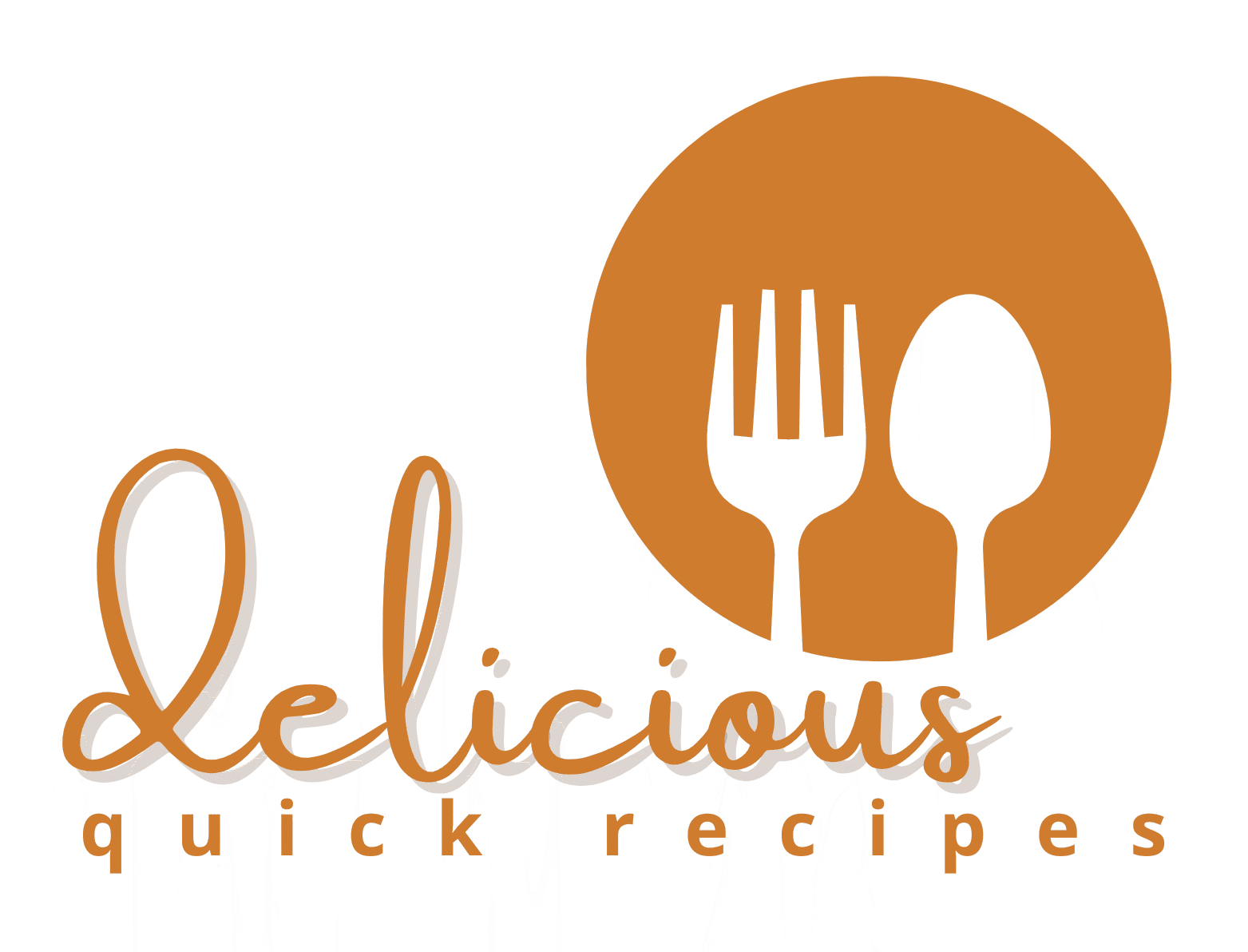
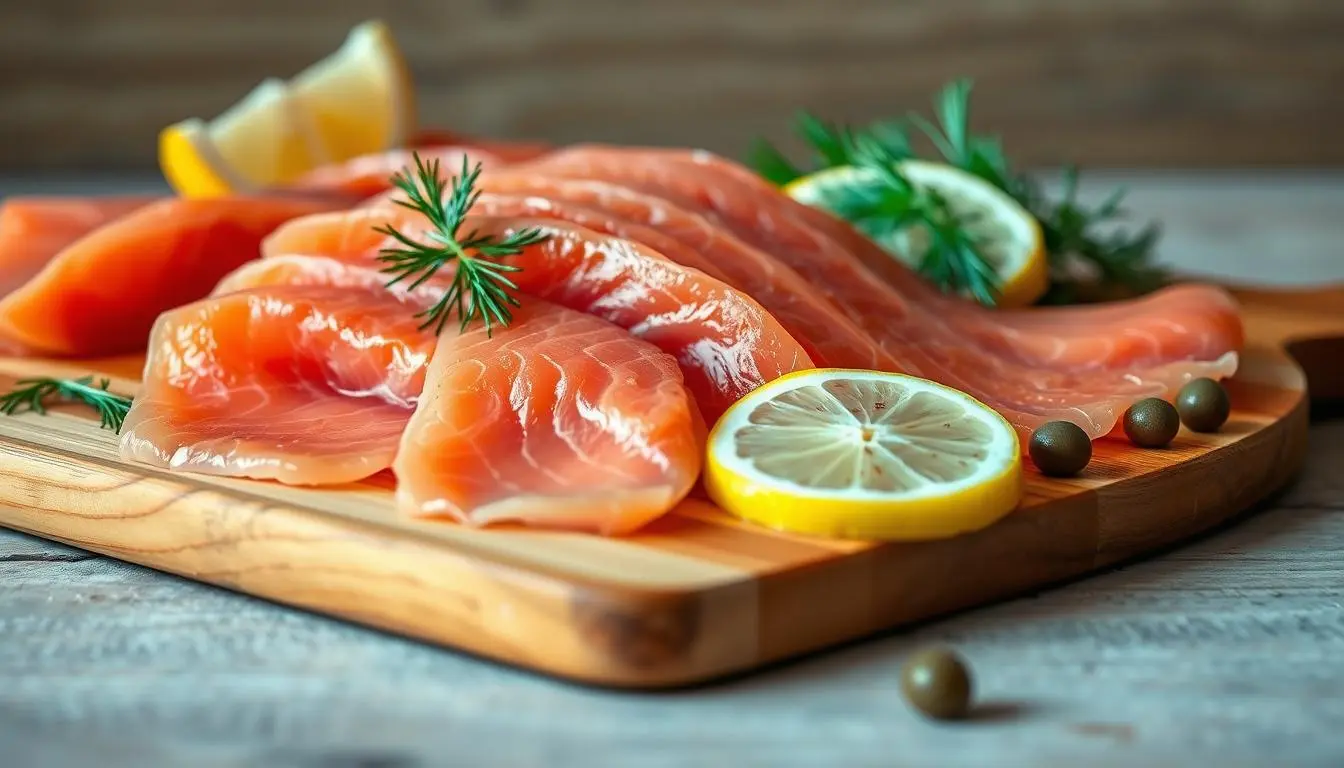
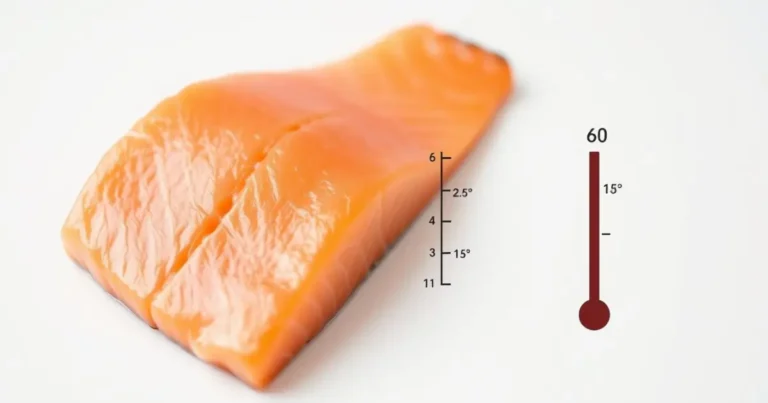
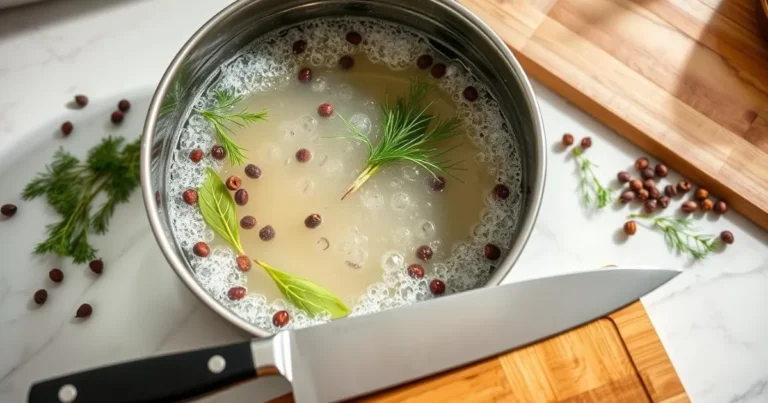
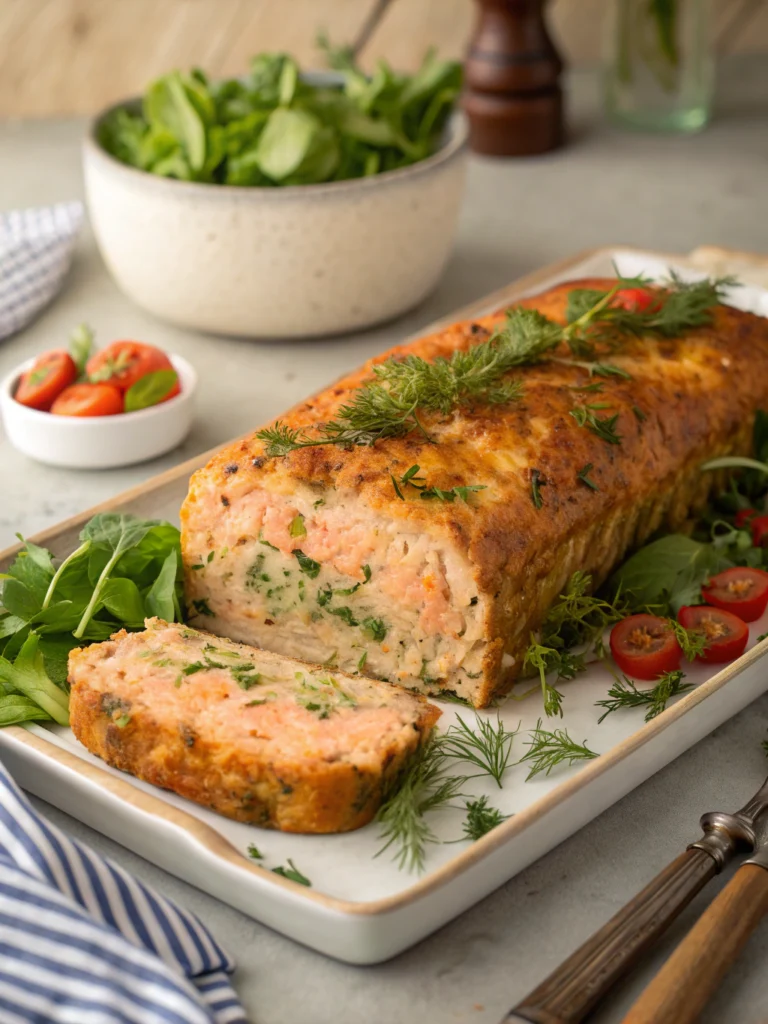

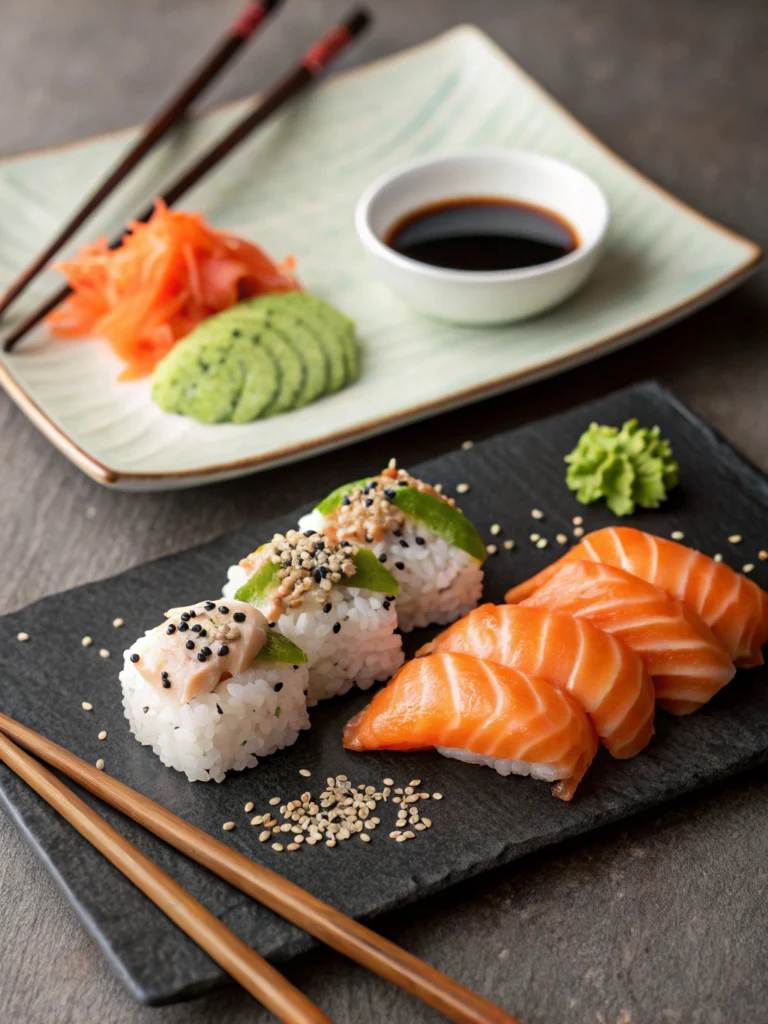
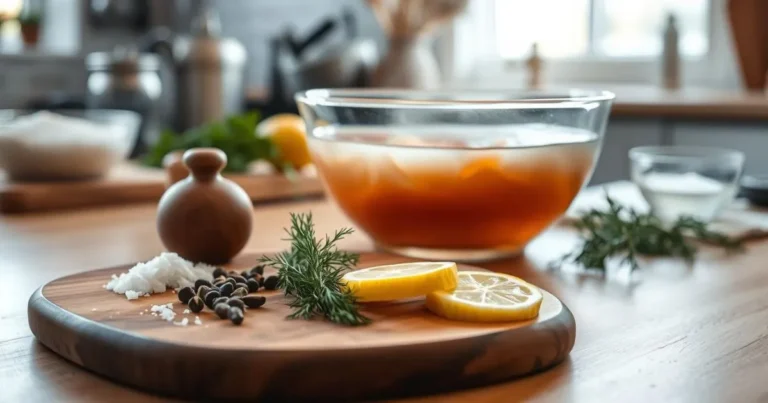
One Comment
Comments are closed.